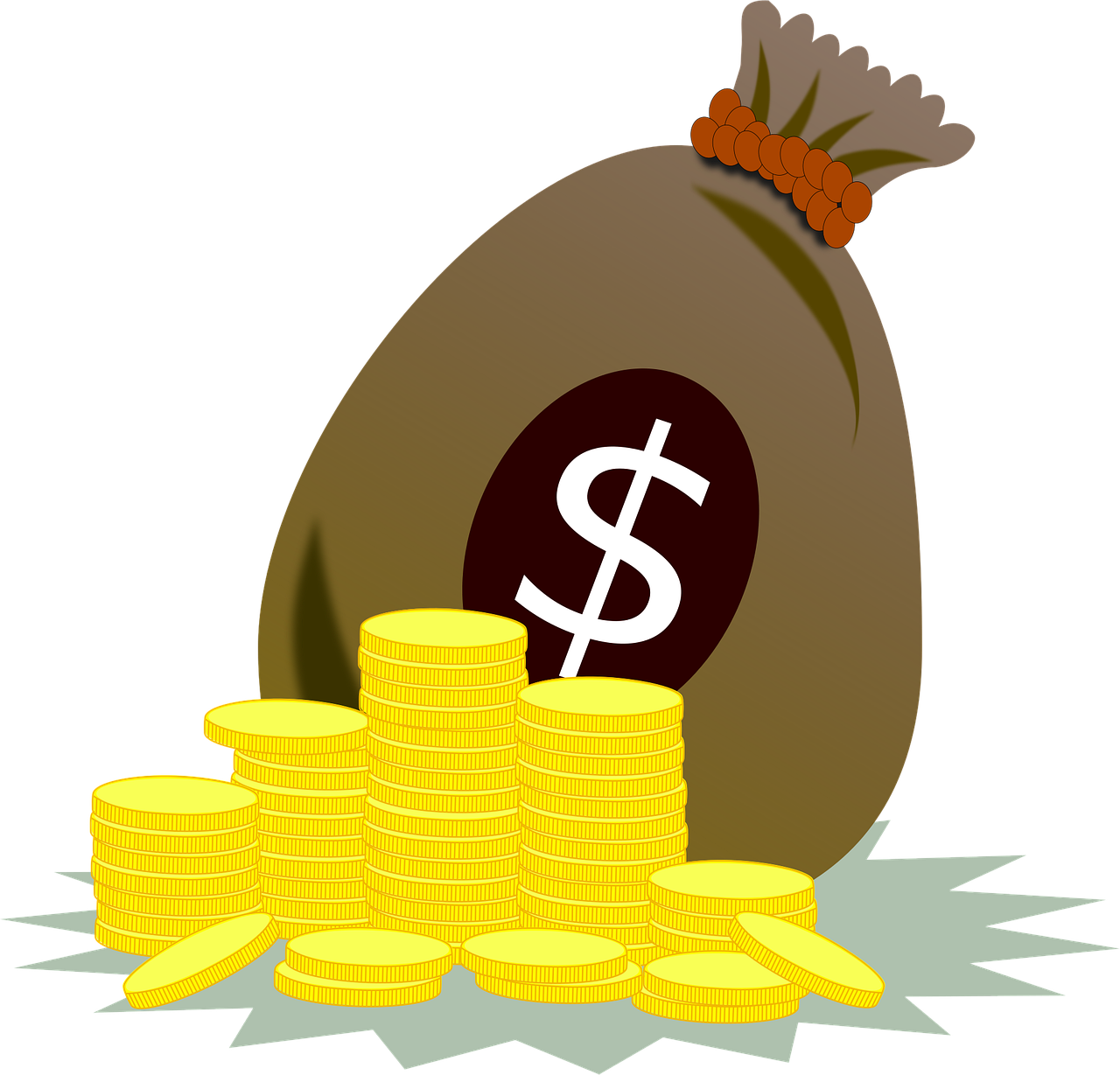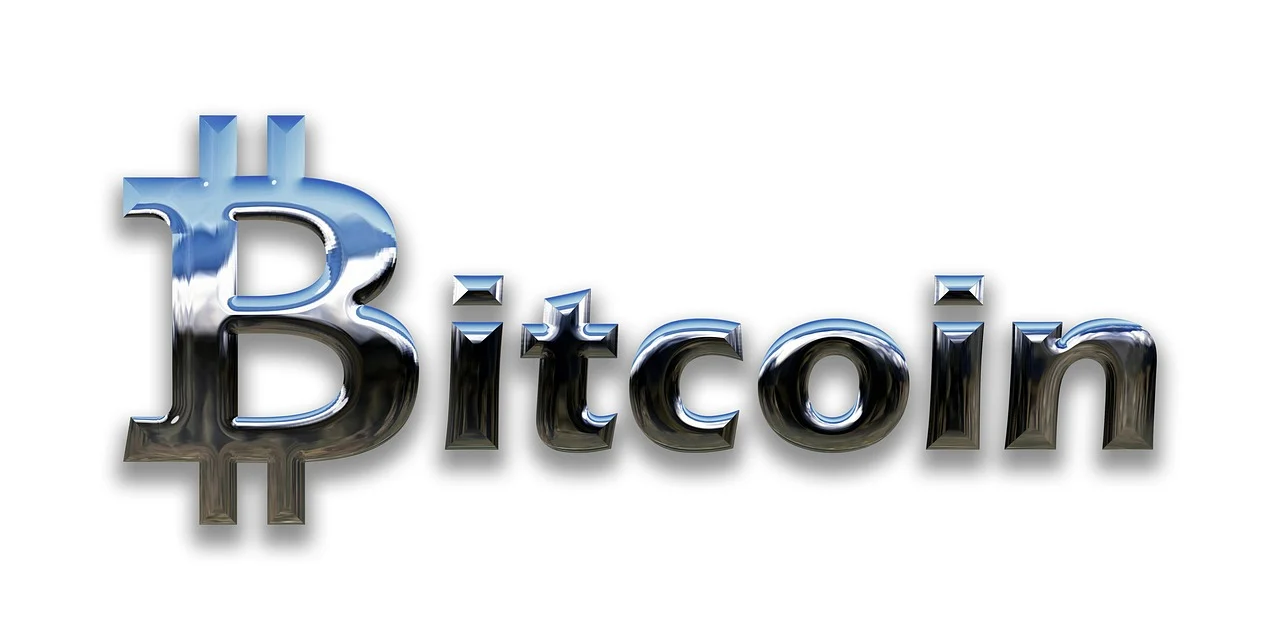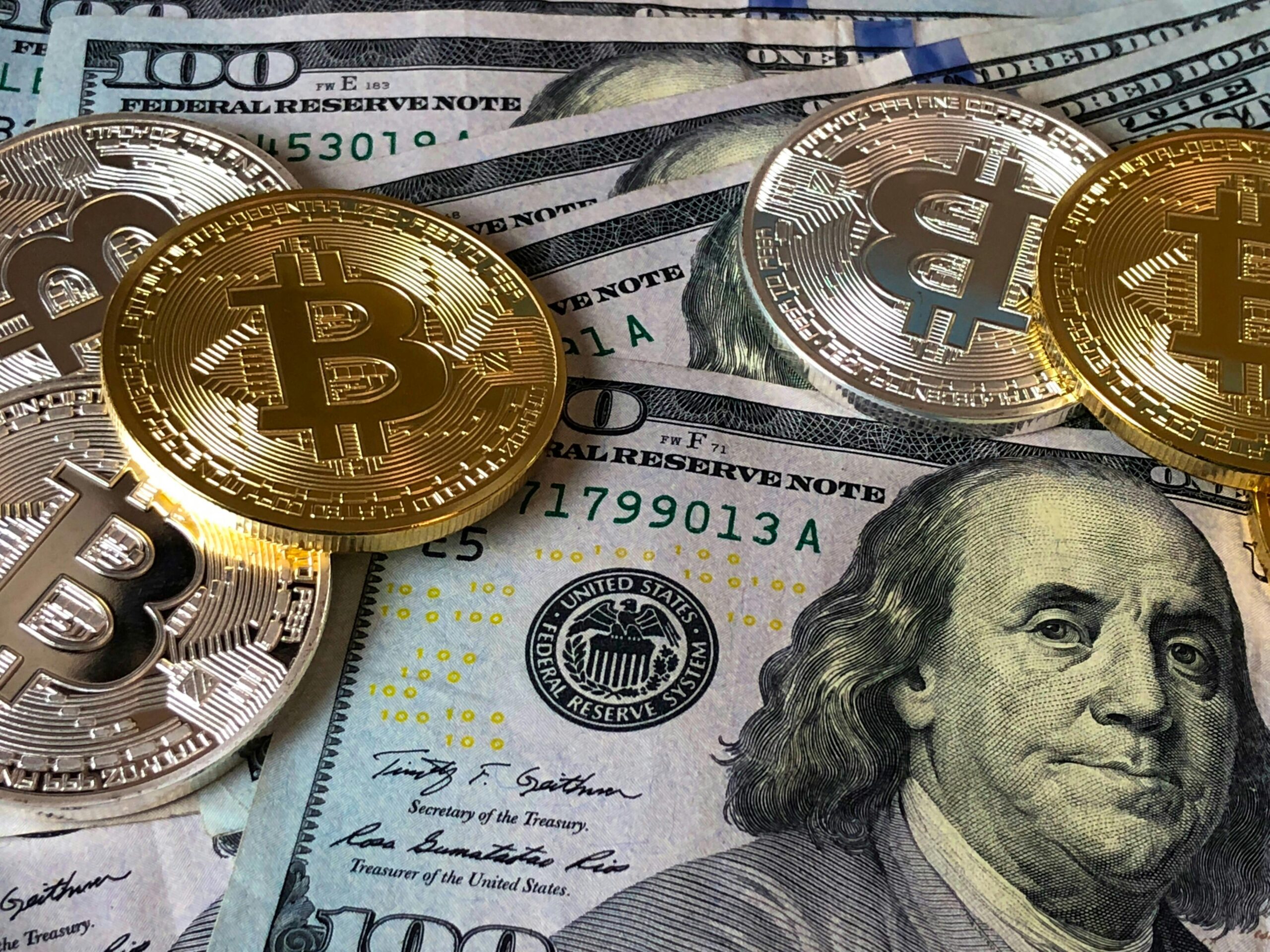
Currency converter
Currency Converter Snap’s advertising revenue in the second quarter increased at its slowest rate in over a year, climbing about 4% to $1.17 billion, falling short of the $1.22 billion forecast by Wall Street analysts surveyed by Bloomberg.
At the same time, adjusted earnings per share came in at $0, missing the $0.02 consensus estimate. The company’s total quarterly revenue reached $1.34 billion, slightly under the $1.35 billion anticipated by analysts, according to Bloomberg figures.
Read more about Students seeking profitable skills
Read more about Currency Converter
Currency exchange
The value of Taka in inter-bank and customer dealings is set by dealer banks according to supply and demand in the market. When necessary Currency Converter Bangladesh Bank (BB) buys or sells US dollars from dealer banks at ongoing inter-bank rates to ensure market stability.
The rates provided below are applied by BB when Currency Converter conducting purchase and sale transactions with the Government and various International Organizations. The USD/BDT buying and selling figures represent the highest and lowest inter-bank exchange rates in Dhaka. Cross-currency rates of BDT against other foreign currencies are calculated based on New York and Dhaka closing exchange rates.
Currency exchange nearme
If you still prefer using cash and swapping it directly, here are a few well-known places in Barishal for foreign currency exchange.
Just a quick note: there’s really no such thing as completely free or zero-commission currency conversion. Always compare with the mid-market rate beforehand so you’ll have a clear idea Currency Converter of the actual value of your money.
Currency
At first, money acted as a type of receipt, signifying grain kept in temple storehouses in Sumer of ancient Mesopotamia and in ancient Egypt. In this earliest stage of currency, metals served as tokens that represented the worth of stored goods. This system supported trade across the Fertile Crescent for more than 1,500 years. Yet, the downfall of the Near Eastern trade network revealed a weakness: in a time when no location was truly secure for storing wealth, the value of money in circulation depended entirely on the power protecting that storage. Commerce could extend only as far as the military strength behind it.
By the late Bronze Age, however, a network of treaties ensured merchants could travel safely around the Eastern Mediterranean, from Minoan Crete and Mycenaean Greece in the northwest to Elam and Bahrain in the southeast. The exact form of currency in these exchanges is uncertain, though scholars believe that copper ingots shaped like oxhides, produced in Cyprus, may have served this role.
Chinese currency
The different currencies known as the yuan or dollar, issued in mainland China, Taiwan, Hong Kong, Macau, and Singapore, all trace their origin to the Spanish dollar,[17] which China imported in large volumes from Spanish America between the 16th and 20th centuries. The first domestically minted silver yuan, widely recognized across the Qing dynasty (1644–1912), was the dragon silver dollar, introduced in 1889.[18] Later, banknotes denominated in dollars or yuan were circulated and could be exchanged for silver coins until 1935, when the silver standard was abandoned and the yuan was declared fabi (法币; legal tender fiat money).[19]
The renminbi was launched by the People’s Bank of China in December 1948,[20] about a year before the founding of the People’s Republic of China. Initially issued only in paper form, it replaced the multiple currencies used in territories under Communist control. One of the government’s earliest priorities was to curb the extreme inflation that had devastated China during the final years of Kuomintang (KMT) rule. Once stability was restored, a currency reform was carried out in 1955, revaluing 1 new yuan at 10,000 old yuan.
Bries currency
Political cooperation in the late 1990s existed before the economic justification for BRICS emerged.[23] The concept of a multipolar alliance such as BRICS is often linked to Yevgeny Primakov, who promoted the idea during his tenure as Russia’s Foreign Minister and reiterated it in New Delhi in 1998.[1] Earlier platforms like RIC (Russia, India, China) and IBSA (India, Brazil, South Africa) laid the groundwork and played a crucial role in the eventual formation of BRIC, and later BRICS.[1]
The acronym BRIC, preferred over the alternative CRIB,[4] was first introduced in the context of international investment strategies. It originated from the 2001 report Building Better Global Economic BRICs authored by Jim O’Neill, then head of global economic research at Goldman Sachs and later chairman of Goldman Sachs Asset Management.[25][26][27] O’Neill has since described the BRICS initiative as unsuccessful. Writing for Project Syndicate in 2021, he argued that the BRICS members “have thus far failed to come together as a significant global power,” and by 2024 he maintained that “each passing year only reinforces the idea that the bloc serves little purpose other than producing symbolic statements and ambitious rhetoric.”[28][29]
Currency conversion
The majority of countries worldwide operate with a floating exchange rate. Under this system, the value of a currency is determined by market dynamics such as supply and demand, without direct government intervention.
A fixed exchange rate, on the other hand, is not driven by market forces. Instead, it is maintained and managed by the government. Nations that adopt fixed exchange rates—such as Hong Kong, Denmark, and Saudi Arabia—typically tie their currency’s value to a widely used international currency like the US Dollar or the Euro.
Korean currency
The South Korean won, also called the Republic of Korea won (symbol: ₩; code: KRW; Korean: 대한민국 원), serves as the national currency of South Korea. One won is divided into 100 jeon, a fractional unit of money. However, the jeon is no longer used in daily transactions and is now seen only in foreign exchange calculations. The Bank of Korea, headquartered in Seoul, is responsible for issuing the currency. The won was first introduced in 1949, later replaced by the hwan between 1953 and 1962, before being reintroduced in its current form in 1962.
The earlier form of “won” is related to the Chinese yuan, which itself comes from the Spanish-American silver dollar. The word originates from the hanja character 圓 (원, won), meaning “round,” a reference to the shape of the silver coin.The won was divided into 100 jeon (Korean: 전; Hanja: 錢; MR: chŏn), a term connected to the East Asian weight unit “mace” and generally used to mean money. Since 1962, the modern won is written only in hangul and has no official hanja representation.
Sol currency
The sol (Spanish pronunciation: [sol]; plural: soles; symbol: S/) is the official currency of Peru, and it is divided into 100 céntimos (similar to cents). Its ISO 4217 code is PEN.The sol replaced the Peruvian inti in 1991, reviving the historical name of Peru’s currency, as an earlier version of the sol had circulated between 1863 and 1985. While the term sol originally comes from the Latin solidus (“solid”), in Spanish it also translates to “sun.” This creates a symbolic link with the inti, named after Inti, the Inca Sun God.
When it was launched in 1991, the currency was officially named the nuevo sol (“new sol”). However, on November 13, 2015, Peru’s Congress approved dropping the word nuevo, leaving it simply as sol.
Crypto currency
A cryptocurrency (often referred to simply as crypto) is a form of digital money that functions through a computer network without depending on a centralized authority, such as a government or financial institution, for support or oversight.[1] An exception exists in the form of stablecoins, a category of cryptocurrency that may depend on government regulation or legal requirements to ensure their value remains consistent.[2]
Records of individual coin ownership are maintained on a blockchain, which is a digital ledger — essentially a distributed database — that employs consensus mechanisms to secure transactions, regulate the issuance of new coins, and validate the transfer of ownership.[4][5][6] The two primary types of consensus mechanisms are proof of work and proof of stake.[7] Despite their name, which has come to cover many kinds of fungible blockchain-based tokens, cryptocurrencies are generally not regarded as traditional currencies. Different jurisdictions have applied varying legal definitions, treating them in some cases as commodities, in others as securities, and sometimes as currencies. In practice, cryptocurrencies are increasingly recognized as a separate asset class.[8][9][10]




